By Francesco Gervasi, Universidad Autónoma de Coahuila El objetivo y la justificación de la investigación …
Espinazo: Then and Now
The town of Espinazo, Nuevo Leon has changed over the years much like the Fidencista Movement. More recently, Espinazo has traversed the boundaries of Nuevo León and has crossed the U.S. – México Border.
The life, time, and places of the healer of Espinazo, Nuevo León, México, El Niño Fidencio, were magnificently captured with the magic of the lens of the camera and the artistic eye of photographers of the time. Only a handful of these photographs may presently be made available via the El Niño Fidencio Research Project for informational and educational purposes.
These copies of prints of the impressive revelations were introduced and made available to Dr. Antonio N. Zavaleta by the late America Lopez de la Fuente de Ybarra in the late 1980s. These photographs taken during the time that El Niño Fidencio was alive provides a historical record of events in the life of Mexico’s most famous curandero.
After Fidencio’s death in 1938, his memory and spirit are still revered. Today, Fidencio’s following honors him with two fiestas annually, in March and in October each year. More recent photographs, depict sites considered sacred and visited year-round by the Fidencistas.
The Pirulito
The oldest and most revered site second only to the actual tomb of El Niño Fidencio is the California Pepper tree where the spiritual transformation of El Niño Fidencio took place.

The Columpio

The Charquito
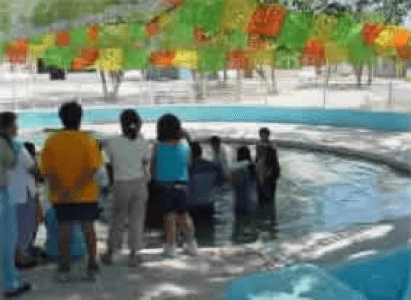
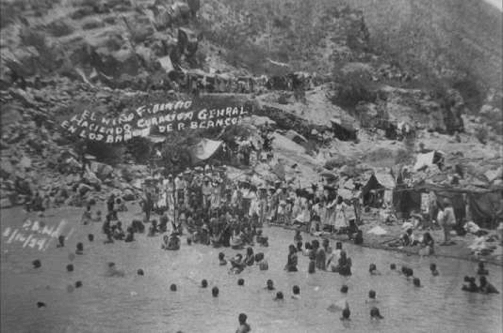
When Fidencio was alive, between the months of April and September, he would take the masses a few kilometer east of Espinazo to a hot spring called Puerto Blanco.
He would have the crowds bathe in these waters, (Charco Azul), a pool of water stemming from underground natural spring water.
Another method Fidencio used for the blessing, healing, and entertaining the large numbers that would come to him for reasons concerning…
La Dicha de la Santa Cruz
The, “Dicha de la Santa Cruz”, good fortune of the saintly cross-site today in Espinazo. When Fidencio was alive, there were two corrals in this area.
Fidencio had the mental patients placed in one corral temporarily while the time arrived during the day to treat and “heal” them. When the time came, he would go or have someone, usually, a family member brings the mental patient to a room in the house where he would then go in with his cougar, (named Concha), and a few moments later the mental patient would come out of the room healed and well.
Fidencio had the ill with leprosy, (men and women together), placed in the second corral and would boil the medicine on the spot and have them drink that with which most with leprosy would “heal” and become well in a few days told say Fidencio would boil lizards, snakes, spiders, bugs, and herbs to heal those with leprosy.
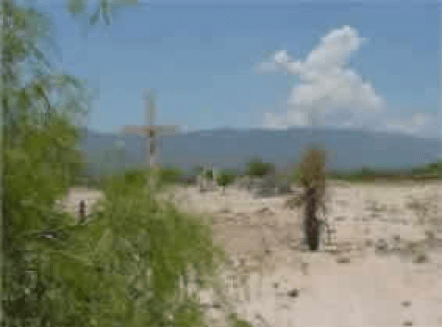
El Cerro de la Campana
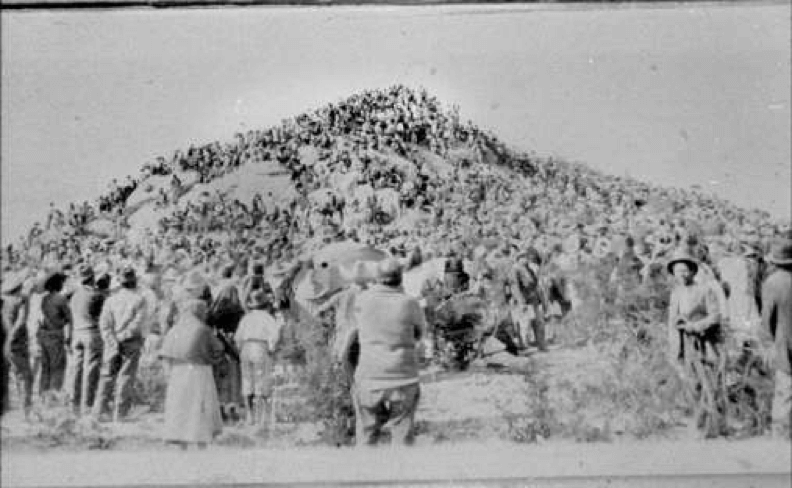
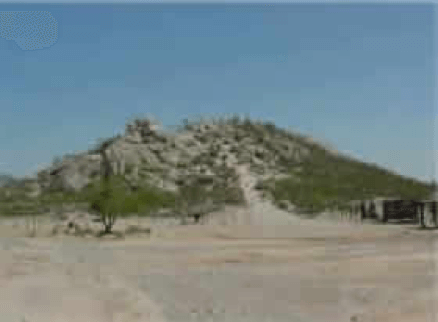
The Cemeteries of Espinazo

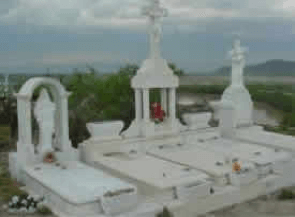
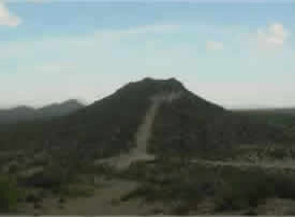
La Gavia
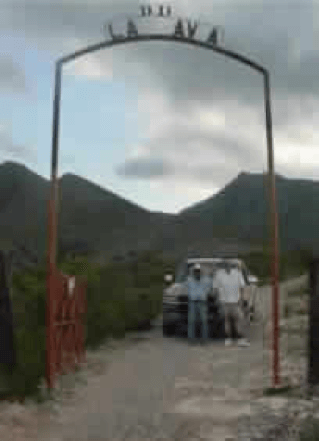
The Madero
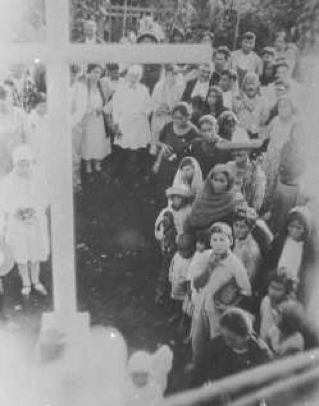
The Tomb of El Niño Fidencio


La Gruta

The Espinazo Train Station
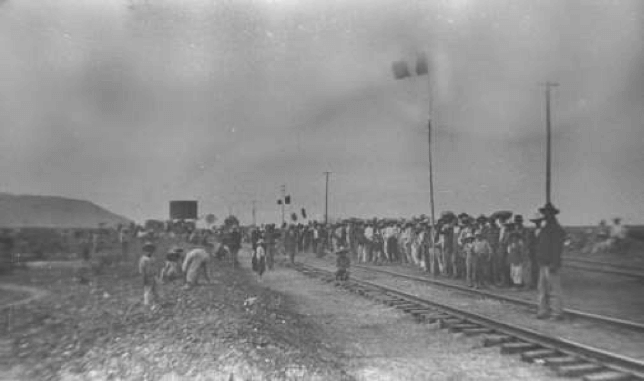
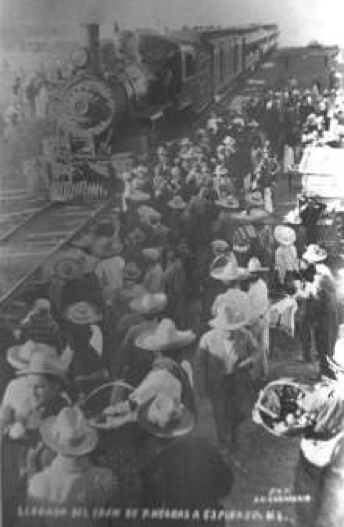
bring visitors and the sick to Espinazo. This mode of
transportation was popular and the fastest way to
get to Espinazo.